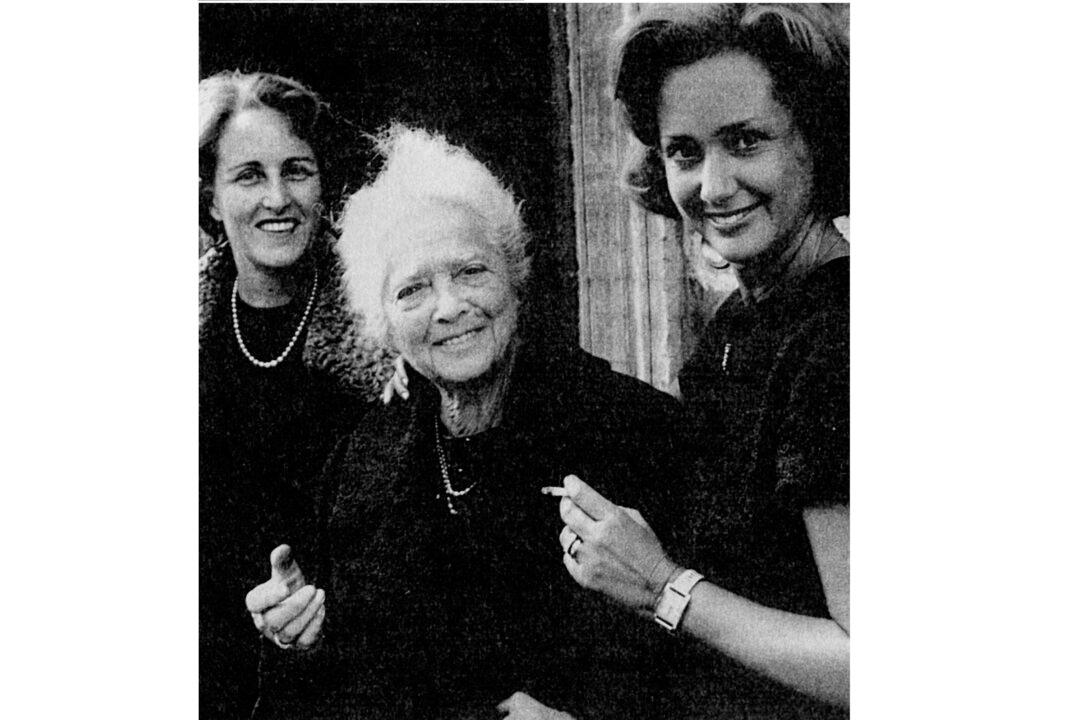Sitting around a table in the garden, chilled wine in our glasses, we pass around trays full of crostini and bruschette. It’s a balmy summer night, made for laughter, chats, and dreaming up projects for the future.
We talk about the holidays—where we’ve been, the people we’ve met, where we would love to go one day. We talk about work, about life, and about family, but mostly, we eat and drink. At the end of the day, it is time for an aperitivo.





